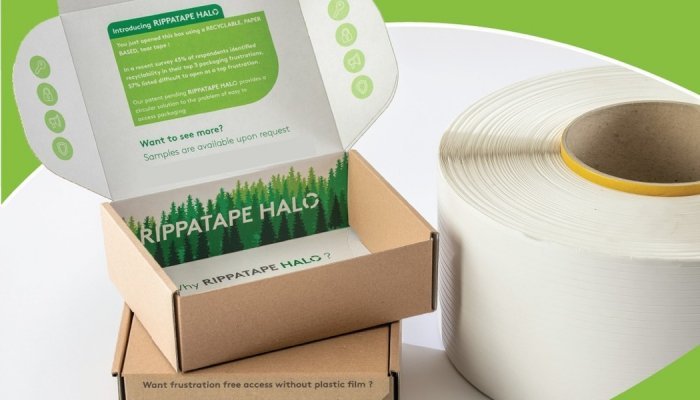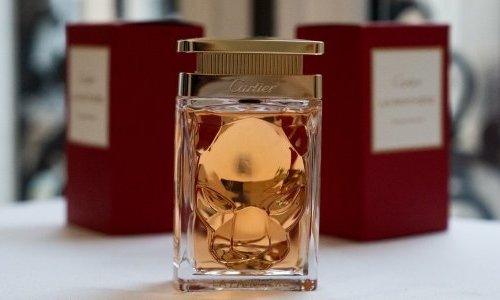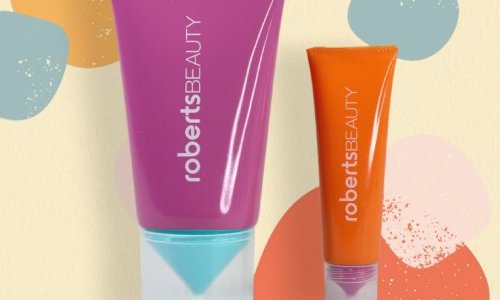With the increase of subscription boxes as well as standard mail order delivery, the packaging the product is shipped in can be potentially a consumer’s first experience with a product or brand as they open their new purchase. Introducing a frustrating, hard-to-open pack into the equation is anathema to everything that a beauty product should be about.
Modern beauty consumers expect brands to be mindful of their packaging. And, in turn, they expect that packaging to be mindful of our planet. But is it possible to address this while still delivering the excellent experiences cosmetics consumers demand from packaging?
Sustainability matters – but it’s not the only thing
The beauty industry and sustainability didn’t always fit together neatly. And this was especially true when it came to packaging.
Consumers are growing more sustainability-minded with each passing generation. Millennials, currently the world’s biggest-spending age demographic, largely prefer to buy products that have a minimal impact on the environment. Gen Z consumers – who are about to inherit the mantle of leading spending power from millennials – are even more sustainability-minded . And the early signs are that the following generation – Gen Alpha – is more sustainability-minded still .
This was not always the case, but the beauty industry is evolving to meet these changing demands. A Forbes study found that nine in ten consumers believe sustainability and other ESG considerations are a factor when buying beauty products. However, only 15% of beauty shoppers consider sustainability more important than price and product performance, which means innovations implemented in the name of the environment must also be highly functional to meet the needs of most consumers.
This is true for packaging as well with a recent consumer survey finding that although 43% of consumers rank recyclability as a key packaging frustration, 57% of consumers experience ‘wrap rage’ when trying to open packaging.
You had me at Halo
For those who see the opportunity for packaging to play a powerful role in the world around us without losing functional benefits, Rippatape® Halo helps brands and converters around the world meet their environmental goals whilst delivering a positive opening experience.
This brand-new solution is the first paper tear tape of its kind in the Filtrona Tapes ECO Range providing customers with more circular curbside recyclable packaging options. It is externally certified as recyclable with paper achieving an A+ level via the Italian National Recyclability Standard: UNI 11743 and MC 501: 2017 criteria.
With a tearing performance comparable to our market-leading Rippatape® 60, Rippatape® Halo does not compromise on the easy opening credentials of its plastic alternative. Crucially, Rippatape® Halo is recyclable along with paper and board packs, is fully reclaimable, eliminates the plastic film used in standard tear tapes, and focuses on fibre recovery.
Reducing Packaging waste and adding value
Rippatape® Halo can be used to open lightweight corrugated boxes or padded envelopes and mailers for brands looking to reduce the amount of packaging used. Over-packaging is a key concern for consumers which has led to padded and bubble mailers becoming increasingly popular for cosmetics brands shipping small bottles, tubes, and pots to consumers.
It means the padded mailer market is set to almost double in size over the next decade, growing to a value of over $3bn by 2033. In the beauty segment, this is partly driven by the popularity of ‘masstige’ products. These products are designed to offer a similar experience to luxury products – packaging and all – at a more affordable price. Often, small quantities of these products will fit inside a mailer. This enables a more efficient delivery experience and reduces the overall environmental footprint of the pack, as more packs can fit into each shipment.
Irrespective of whether a corrugate box or a paper-based mailer or envelope is used, using a repulpable paper tear tape like Rippatape® Halo will ensure the product is not only easy to access, but that the packaging is easy to dispose of in the relevant recycling bin, which will reduce confusion for consumers.
However, occasionally this may not be the end of the packaging journey. What if a consumer has to return a product that they have purchased?
Rise of the return
While the nature of beauty products means returns in the cosmetics industry are less common than in other adjacent segments such as fashion, consumers do still expect to be able to easily return their online purchases.
Increasingly, the ease of those returns influences whether a consumer will buy from a retailer or brand again. 92% of shoppers would purchase again if the returns process was simple, while 79% expect free returns for products ordered online . Meanwhile, a Forbes study found that consumers prefer to make returns in-person, dropped off at an in-store collection point. Packaging up returns and booking a courier was the preferred choice of just 21% of consumers, with 54% preferring in-person drop-offs.
A mailer needs to facilitate these streamlined returns processes by offering an easy-open-and-reclose system to end users. This enables consumers to easily return their purchases in the same packaging they arrived in, eliminating the need for dedicated return packaging entirely.
At Filtrona Tapes, we have spent decades developing and refining solutions for applications like this. In the returns scenario, a tear tape like Rippatape® Halo offers more than sustainable easy opening. It provides an integrated, clean point of access that prevents the destruction of the mailer or box. This means that a separate glue line, protected by a paper-based release liner such as our EASILINER can be utilised to offer a fuss free re-sealing solution allowing the same packaging to successfully make a return journey when needed.
By considering the needs of today’s beauty consumers and the planet when developing opening and closure systems for modern mailer applications, it is possible to apply innovative solutions that meet the needs of both. Convenience, elegance, and sustainability no longer have to be in a three-way competition – and increasingly, consumers and customers will expect packaging producers to provide all three.






















